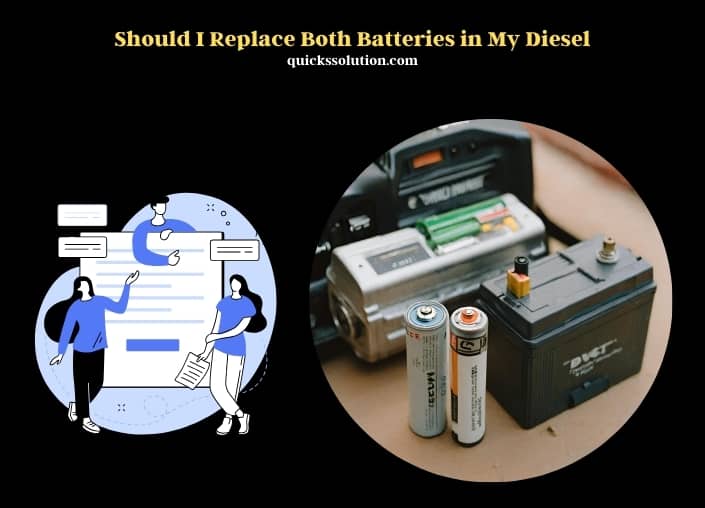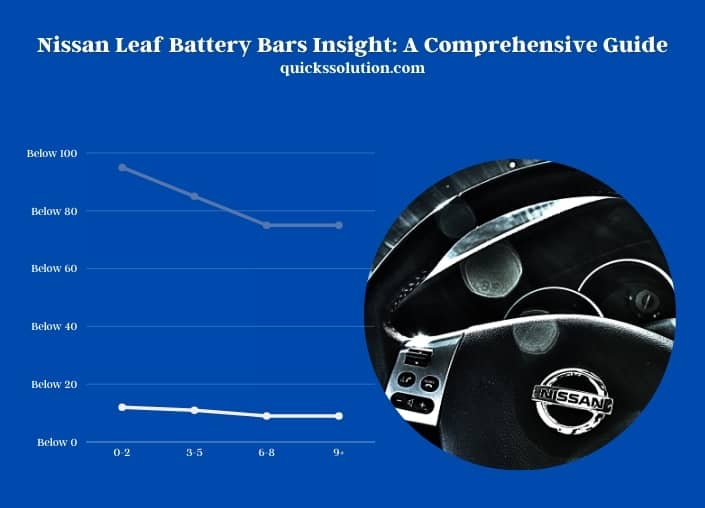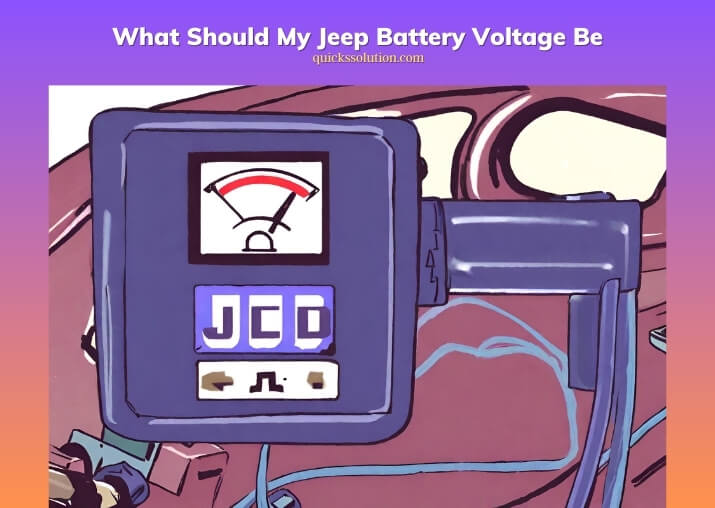Published on: July 5, 2023
Written by Amlan Roy / Fact-checked by Hashim Manna
Yes, you can charge a maintenance-free battery. It’s possible but should be executed with careful consideration of the battery’s specific charging guidelines.
Maintenance-free batteries come in three types – sealed lead acid (SLA), valve regulated lead acid (VRLA), and the lead calcium battery. They are termed ‘maintenance-free’ because they don’t require topping up with water like their conventional counterparts. Despite this, these batteries might still need occasional charging, especially in the case of deep discharge.
Charging a maintenance-free battery requires careful attention to the charging voltage. It’s not just about plugging it into a power source. The charging voltage should ideally be between 2.10V to 2.27V per cell. Exceeding the recommended voltage could lead to an overcharge, damaging the battery.

In the case of a lead calcium battery, a specific process is recommended while charging. This is due to the composition of the battery – a lead-calcium grid alloy – which influences its recharging attributes. Overcharging or undercharging this type of battery can cause its lifespan to decrease significantly.
It’s also noteworthy to mention the disadvantages of maintenance-free batteries. They tend to have a shorter lifespan compared to conventional batteries. This is largely due to the inability to add water to them.
You can check the status of a maintenance-free battery by using a voltmeter. A reading between 12.4 to 12.7 volts indicates a fully charged battery, while anything below 12.4 volts indicates a need for charging.
Lastly, the contrast between maintenance-free and conventional car batteries extends to their charging protocols. Conventional batteries can tolerate higher voltage during charging. Conversely, maintenance-free batteries demand stricter observance of voltage limits to avoid battery damage.
In essence, charging a maintenance-free battery is not only possible but also critical to its functionality. All the same, it’s imperative to follow the appropriate charging procedures to prolong its lifespan and maintain optimum performance.
Maintenance-Free Batteries: What Are They?
Maintenance-free batteries, as the name suggests, are batteries designed to work efficiently without needing regular check-ups or maintenance. They’ve become increasingly popular, especially in the automotive industry, thanks to their spill-proof design and minimal upkeep requirements. However, a common conundrum many people face is understanding their charging needs.
How Do Maintenance-Free Batteries Work?
At the heart of these batteries is the science of electrochemistry. The power is produced by a chemical reaction that occurs within the battery, often involving lead and acid. When the battery is discharged, the process can be reversed, enabling the battery to be charged again.
Can You Charge a Maintenance Free Battery?
To answer the burning question, “Can You Charge a Maintenance Free Battery?” – the answer is a resounding yes. Just because these batteries are labeled as ‘maintenance-free’ doesn’t mean they can go without a good charging session. In fact, it’s crucial to their longevity and performance.
The Science of Charging a Maintenance-Free Battery
Charging a maintenance-free battery isn’t a walk in the park, though. It involves understanding the battery’s capacity, charging rates, and monitoring the process to avoid potential damage.
The charging process includes two phases: the bulk charging phase and the float charging phase. The bulk charging phase is where the battery receives most of its charge, up to 80% capacity. The float charging phase, on the other hand, slowly tops off the remaining 20% to prevent overcharging.
The Dos and Don’ts of Charging a Maintenance-Free Battery
Knowing that you can charge a maintenance-free battery is half the battle. The other half involves understanding the do’s and don’ts to ensure optimum charging, long life, and stellar performance.
Do Monitor the Charging Process
While maintenance-free batteries require less attention, monitoring the charging process can prevent potential damage. Overcharging can result in shortened battery life or even battery failure.
Don’t Use a Damaged Charger
A damaged or unsuitable charger can cause overcharging, leading to heat buildup and potential battery damage. Always ensure your charger is in good condition and is compatible with your maintenance-free battery.
Frequently Asked Questions
To further unravel the mystery around “Can You Charge a Maintenance Free Battery?”, here are some common FAQs that should address any lingering queries:
What Is a Maintenance Free Car Battery?
A maintenance-free car battery is a type of battery that does not require periodic servicing or the addition of water to function properly. It is sealed, thus reducing the risk of acid leakage, and generally provides reliable power over a certain lifespan.
How Can You Charge a Maintenance Free Battery?
A maintenance-free battery can be charged by connecting it to a battery charger or trickle charger. It’s crucial to ensure the charging voltage is within the recommended range, usually between 2.10V to 2.27V per cell, to prevent damage.
How Do You Check a Maintenance Free Battery?
Checking a maintenance-free battery typically involves using a voltmeter. A reading between 12.4 to 12.7 volts suggests a fully charged battery, while anything less indicates the battery may require charging.
What Are the Disadvantages of a Maintenance Free Battery?
Despite the convenience they offer, maintenance-free batteries have some downsides. They usually have a shorter lifespan compared to conventional batteries because of their inability to be topped up with water. Furthermore, they require more care during charging to avoid overcharging, which can damage the battery.
Can You Explain the Difference Between Low Maintenance and Maintenance-Free Batteries?
Low maintenance batteries may require occasional topping up with water and periodic cleaning of terminals, but less frequently than conventional batteries. On the other hand, maintenance-free batteries, as the name suggests, do not need water or regular terminal cleaning.
What Is the Main Disadvantage of an AGM Battery?
AGM (Absorbent Glass Mat) batteries, a type of maintenance-free battery, are generally more expensive than other types of batteries. Additionally, overcharging can seriously damage AGM batteries, making careful charging paramount.
Are There Any Indicators on a Maintenance Free Battery?
Yes, some maintenance-free batteries come with a built-in indicator, usually a small window on the top. This indicator, often referred to as a “magic eye,” changes color depending on the battery’s charge status – green for fully charged, black or dark for discharged, and yellow or light for a faulty battery.
Conclusion
As we’ve seen, the answer to “Can You Charge a Maintenance Free Battery?” is indeed affirmative. Charging such batteries is not only possible but also crucial for their performance and longevity. Understanding the battery’s characteristics and charging requirements can go a long way in ensuring its optimum performance.
Remember, although these batteries are dubbed “maintenance-free,” it doesn’t imply they require zero attention. Regular use, correct charging practices, and occasional check-ups can prolong their life and maintain their performance.
Keep in mind that the details mentioned above are general guidelines. Specific batteries may have unique features and requirements, so always refer to the manufacturer’s instructions.
The realm of maintenance-free batteries may seem daunting at first, but once you get the hang of it, it’s not rocket science. Hopefully, this guide has cleared the air and helped you gain a deeper understanding of maintenance-free batteries and their charging needs.
Relevant Resources:



